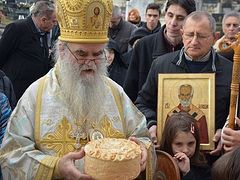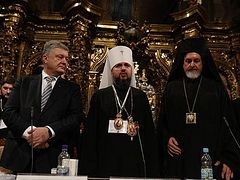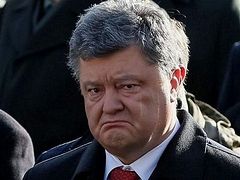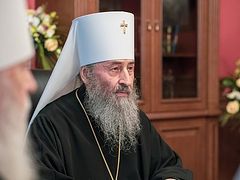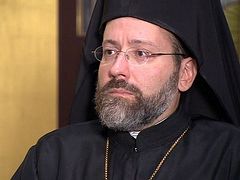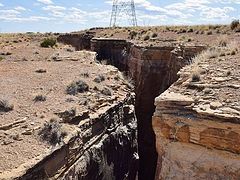Podgorica, Montenegro, December 25, 2018
President Milo Đukanović of Montenegro intends to undertake a push for the recognition of the autocephaly of the schismatic “Montenegrin Orthodox Church,” as Ukrainian President Petro Poroshenko has done in his country.
The president spoke of restoring the autocephaly that Montenegro once had in an interview on the TV program Live Truth, RTCG reports.
The role of the Serbian Orthodox Church in relation to Montenegro, he believes, is extremely destructive, despite the state policy of Serbia.
“The Serbian Orthodox Church very aggressively undermines Montenegrin independence. I believe it is necessary to continue work on restoring the autocephalous Montenegrin Orthodox Church, and the state will deal with this and bear responsibility for it,” Đukanović explained.
Montenegrin authorities are in sharp disagreement with the Serbian Church, which the vast majority of Montenegrin Orthodox belong to, and His Eminence Metropolitan Amfilohije of Montenegro and the Littoral in particular.
“Of course, [the Montenegrin Orthodox Church] should be assisted by the state. I have said many times that for me personally the historical autocephaly of the Montenegrin Orthodox Church is an undeniable fact. I understand that the circumstances that preceded its abolition were the same ones that we canceled by the decision of May 21, 2006,” the President said, as RIA-Novosti reports, referring to the referendum on withdrawing from the union with Serbia.
However, the confessional issue should not be entrusted entirely to the state, so the “Montenegrin Church” should “do much more for its own organization and to raise its authority among the local population and the international community.”
“I believe that in the interests of the future of Montenegro and its stability, which the Church can significantly contribute to, it is necessary to continue working on a systematic, fundamental, democratically justified renewal of the autocephalous Montenegrin Orthodox Church, and I think that the state is responsible for this, is engaged in this, and, in any case, will help the successful implementation of this matter,” the Montenegrin President stressed.
Constantinople’s actions in Ukraine have also emboldened other schismatic groups throughout the Orthodox world. In September, the head of the schismatic “Belarusian Autocephalous Orthodox Church” said that the granting of a tomos of autocephaly to Ukrainian schismatics should have an impact on Belarus as well, and their goal is to also be recognized as autocephalous.
The schismatic “Macedonian Orthodox Church,” another breakaway from the Serbian Church is also pushing for autocephaly. It initially appealed to the Bulgarian Church last November, but after Poroshenko’s appeal to Constantinople in April, the Macedonian church and state also appealed to Constantinople.
Patriarch Bartholomew initially announced that he would handle the Macedonian situation, but later reneged, saying Macedonia is the canonical sphere of the Serbian Church. However, as Constantinople made clear in its dealings in Ukraine and its rehabilitation of anathematized Ukrainian schismatics, it reserves the right to intervene anytime, anywhere.
***
The “Montenegrin Orthodox Church” was created in 1993 by Antonije Abramović, a defrocked cleric of the Serbian Orthodox Church, who declared himself the Metropolitan of Montenegro. The church claims to be the legitimate successor to the autocephalous Montenegrin Church that operated until the annexation of the Kingdom of Montenegro into the Kingdom of Yugoslavia in 1918.
As of 2009, 29.36% of Montenegro’s Orthodox belong to the schismatic church, while 70.64% belong to the canonical Serbian Church.
The “Montenegrin Church” is currently led by Miraš Dedeić who was suspended by the Greek Orthodox Church for adultery, embezzlement, and creating a separate Serbian community within his Greek parish. He was tonsured as a monk and elevated to the rank of archimandrite by the schismatic “Macedonian Orthodox Church” and consecrated as a bishop by the schismatic “Bulgarian Alternative Orthodox Church,” after which he took over the “Montenegrin Orthodox Church.”
In 1997, he was excommunicated by the Holy Synod of the Patriarchate of Constantinople, although any decision can be overturned by Constantinople. Moreover, the “Montenegrin Church” was in communion with the schismatic “Kiev Patriarchate” which was rehabilitated and turned into a jurisdiction of Constantinople before merging into the newly-created Ukrainian nationalist church, so there could be grounds for Constantinople to deem the “Montenegrin Church” canonical.
Follow us on Facebook!


